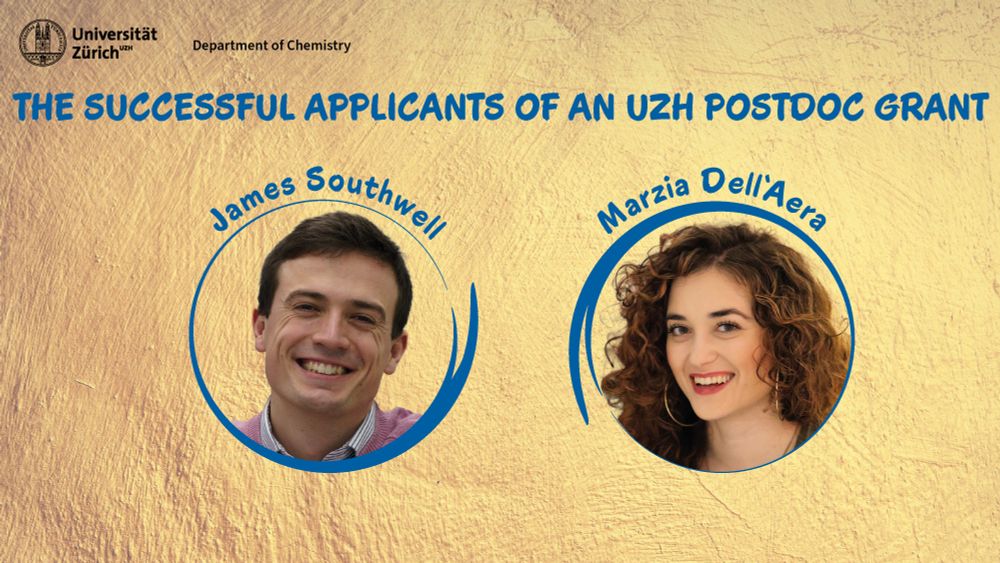
for excited electronic states with machine learning 👏

for excited electronic states with machine learning 👏





reveal that surface charges significantly alter ionic conductivity and determine the direction of the electro-osmotic flow and of the diffusio-osmotic current, thereby advancing the understanding of transport at the nanoscale. @chem.uzh.ch

reveal that surface charges significantly alter ionic conductivity and determine the direction of the electro-osmotic flow and of the diffusio-osmotic current, thereby advancing the understanding of transport at the nanoscale. @chem.uzh.ch




@chem.uzh.ch
at the SCS Fall Meeting: Anton Kliuchynskyi 👏, Katarzyna Hanc 👏, Marc Fernández 👏, and Sandro Fischer 👏

@chem.uzh.ch
at the SCS Fall Meeting: Anton Kliuchynskyi 👏, Katarzyna Hanc 👏, Marc Fernández 👏, and Sandro Fischer 👏



pubs.acs.org/doi/10.1021/...

pubs.acs.org/doi/10.1021/...
pubs.acs.org/doi/10.1021/...

pubs.acs.org/doi/10.1021/...
For more information: www.chem.uzh.ch/en/admin/eve...

For more information: www.chem.uzh.ch/en/admin/eve...
⚽🏐
6th Edition of ChemCup
Biggest so far with 14 teams and 180+ participants
Soccer, volleyball & ultimate splash
Watch FULL video on YouTube:
youtu.be/JTCq3H00Fio?...
🎥 Filmed & edited by Matúš Okajček
#ReadyToReact @chem-uzh-ch.bsky.social @chemsky.bsky.social #ChemSky
⚽🏐
6th Edition of ChemCup
Biggest so far with 14 teams and 180+ participants
Soccer, volleyball & ultimate splash
Watch FULL video on YouTube:
youtu.be/JTCq3H00Fio?...
🎥 Filmed & edited by Matúš Okajček
#ReadyToReact @chem-uzh-ch.bsky.social @chemsky.bsky.social #ChemSky

Thanks to all authors!
doi.org/10.1021/jacs...

Thanks to all authors!
doi.org/10.1021/jacs...
for applications in diagnostic and therapeutic medicine. Published by @hollandlab.bsky.social, @chem-uzh-ch.bsky.social together with Nick van der Meulen at PSI: pubs.acs.org/doi/10.1021/...

for applications in diagnostic and therapeutic medicine. Published by @hollandlab.bsky.social, @chem-uzh-ch.bsky.social together with Nick van der Meulen at PSI: pubs.acs.org/doi/10.1021/...
@chem-uzh-ch.bsky.social on receiving an UZH Postdoc Grant 👏👏

@chem-uzh-ch.bsky.social on receiving an UZH Postdoc Grant 👏👏



